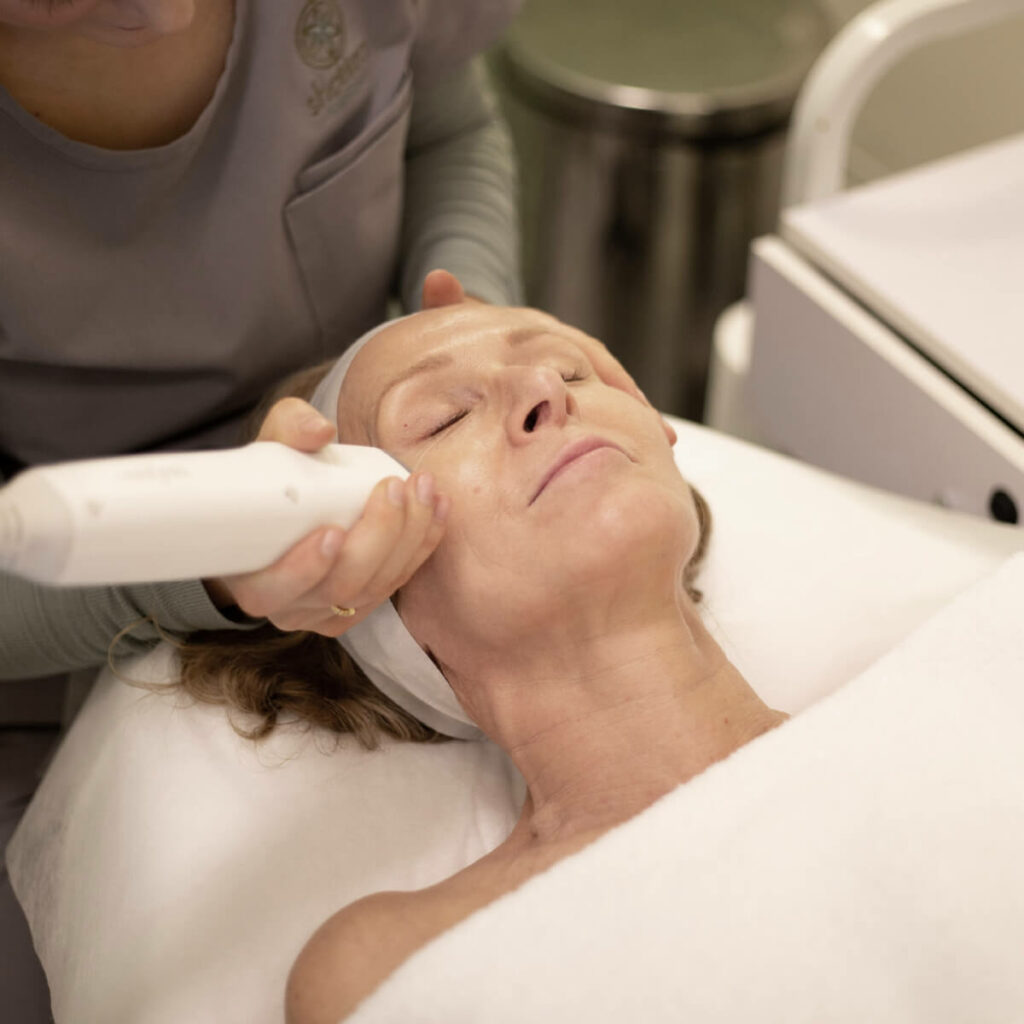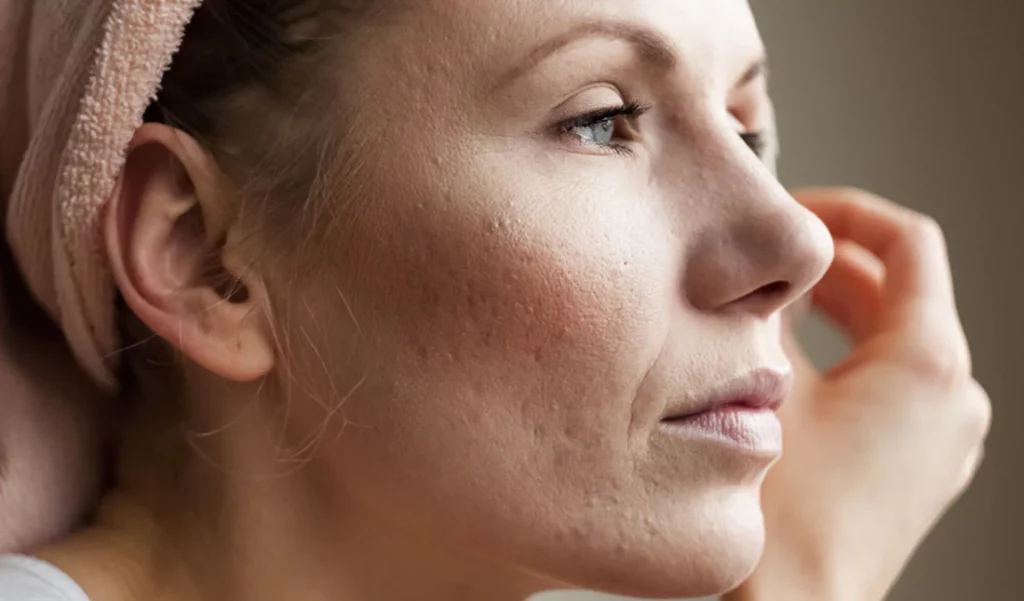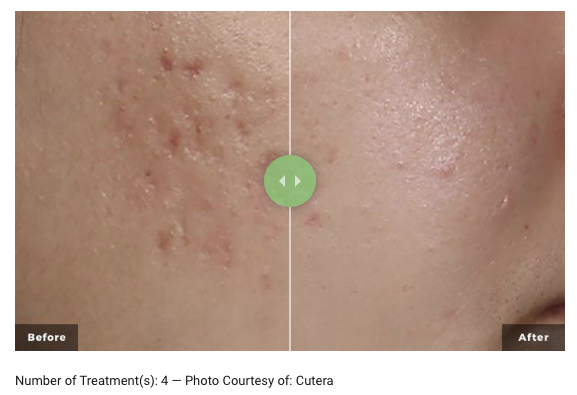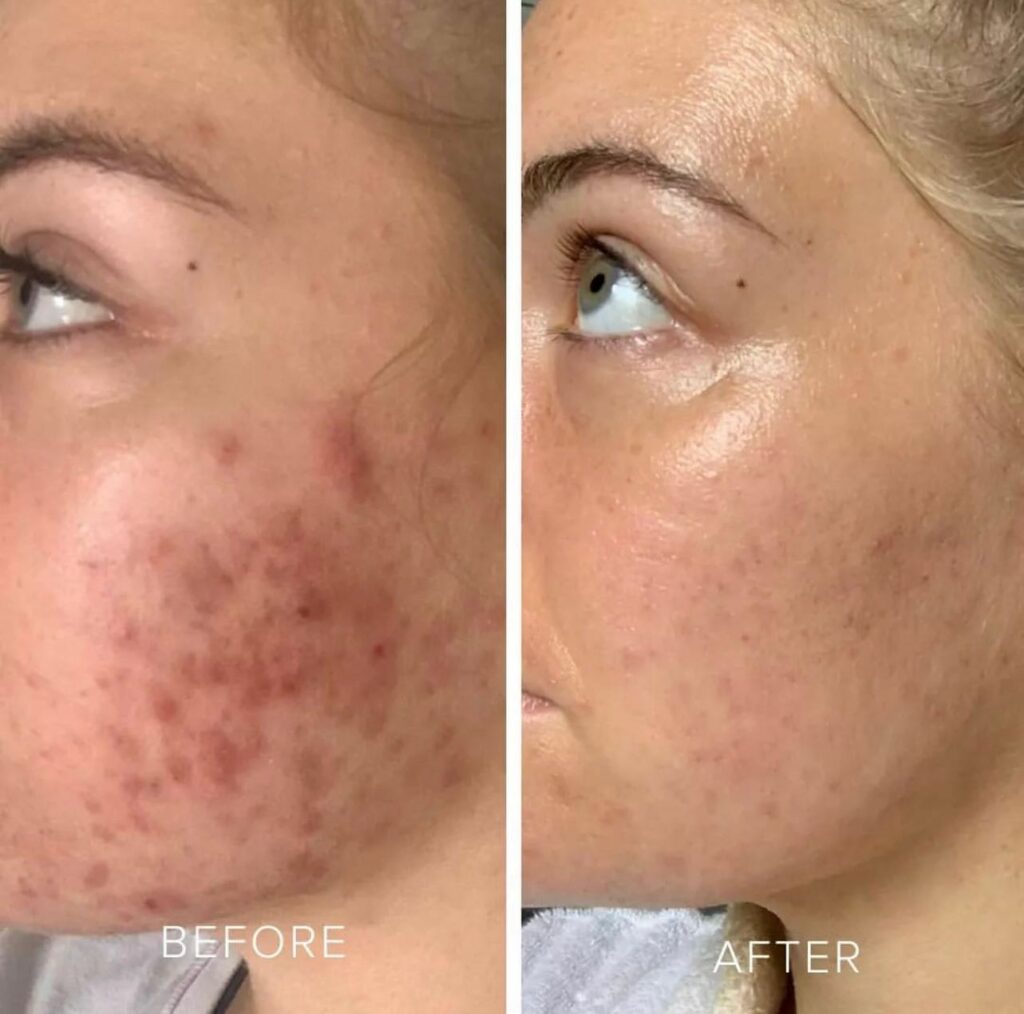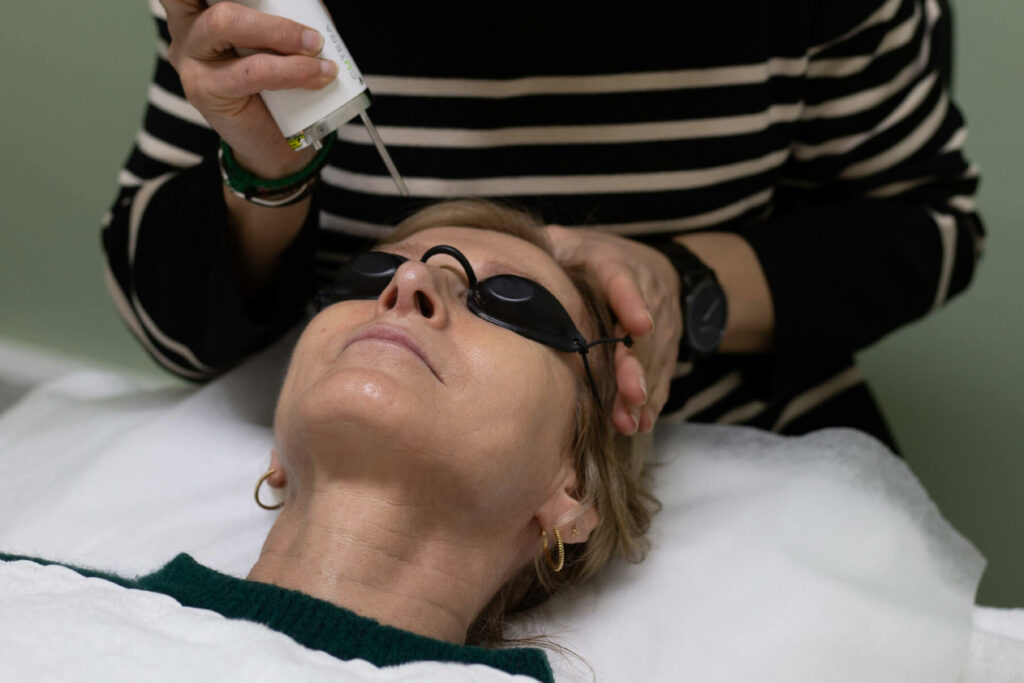Scarring
A scar is a mark left on the skin after a wound or injury has healed. Scars are a natural part of the healing process. Most will fade although they never completely disappear.
Types of scars
A scar can be a fine line or a pitted hole on the skin, or an abnormal overgrowth of tissue.
Normal fine-line scars
A minor wound like a cut will usually heal to leave a raised line, which will gradually fade and flatten over time. This process can take up to two years. The scar will not disappear completely and you’ll be left with a visible mark or line. Fine-line scars are common following a wound or after surgery. They are not usually painful, but they may be itchy for a few months.
Keloid scars
A keloid scar is an overgrowth of tissue that happens when too much collagen is produced at the site of a wound. The scar keeps growing, even after the wound has healed. Keloid scars are raised above the skin and can be pink, red, the same colour or darker than surrounding skin. They’re often itchy or painful, and can restrict movement if they’re tight and near a joint.
Hypertrophic scars
Like keloid scars, hypertrophic scars are the result of excess collagen being produced at the site of a wound. Unlike keloid scars, hypertrophic scars do not extend beyond the boundary of the original wound. They may continue to thicken for up to six months before gradually improving over a few years.
Pitted or sunken scars
Some scars caused by skin conditions, such as acne and chickenpox, can have a sunken or pitted appearance. Pitted scars, also known as atrophic or “ice-pick” scars, can also develop as a result of an injury that causes a loss of underlying fat.
Scar contractures
Scar contractures are often caused by burns. They happen when the skin “shrinks”, leading to tightness and a restriction in movement.
